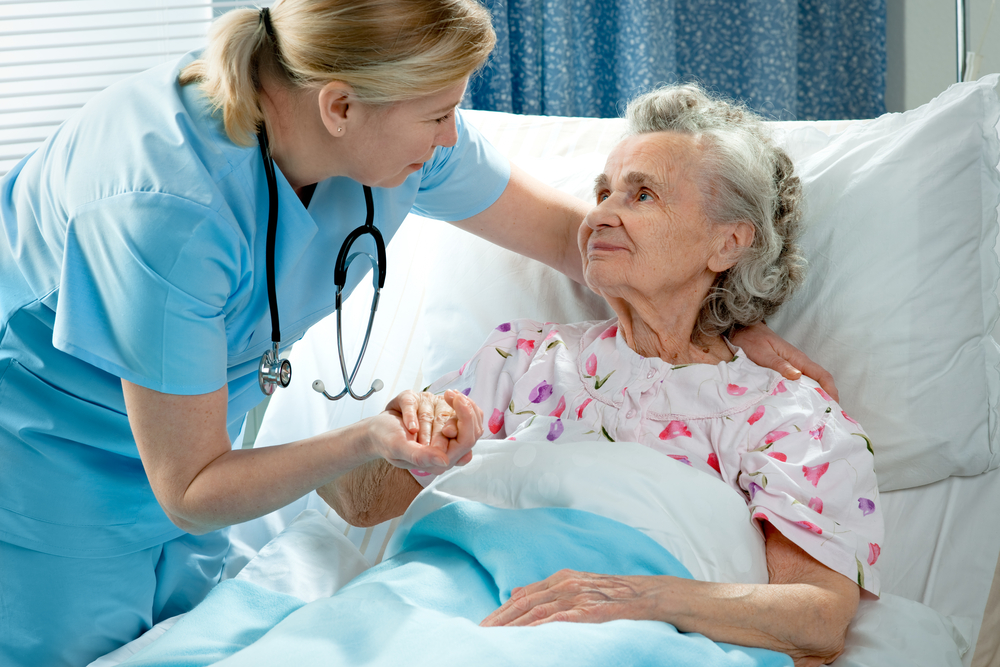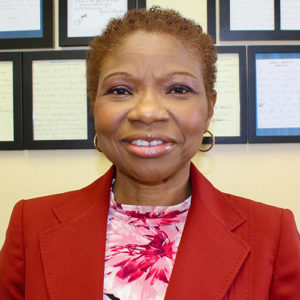COVID-19 has created unprecedented burdens for caregivers. This is especially true for those in the “Sandwich Generation” who live in multigenerational households with their older parents and their own children.
A record 41 million Americans are serving as caregivers for an elderly parent, spouse or someone who struggles with day-to-day tasks, according to KIII TV’s recent article entitled “Senior care providers give insight on worker fatigue, how it impacts their health.”
According to a new survey by Seniorly, a national network of senior care advisors, besides losing members of the workforce who give up their jobs to take care of others, over the past six years, the percentage of family caregivers who say their own health status is fair or poor nearly doubled, going from 12% to 21%.
Clint Rendall with Aadi Bioscience, a biopharmaceutical company, agrees that being a caregiver can place a lot of mental strain on individuals. “We get so stressed personally,” Rendall said. “Whether that’s with the workplace, or providing care for someone that we stop caring for ourselves and then it’s sort of a vicious cycle.”
Other key findings in the Seniorly survey say that among states, Texas is number three in multigenerational households at 4.9%, and the nursing shortage has made the state the ninth highest in the country in nursing care workers to the number of seniors.
Among the 54 million Americans 65 or older, there is a 70% chance that at some point, a senior will need long-term care services. For most people, that care is provided in their homes and often by those who are unpaid, such as spouses, adult children and other loved ones. For example, the 65-plus population in Texas is projected to grow from 3.9 million to 5.6 million by 2030, according to AARP.
One relief program designed for caregivers is respite care, where a loved one can be cared for without family aid for up to several hours or days a week.
Mary Ann Mondragon, who is a caregiver specialist at Caregivers SOS, a WellMed charitable foundation program, said there is lots of help available.
“We have training. We have classes for the caregivers. We have a stress-busting class that will actually be starting in April. And it’s a nine week class,” Mondragon said.
“And it helps the family caregivers learn how to take care of their loved ones. How to take care of themselves more importantly.”
Reference: KIII TV (March 29, 2022) “Senior care providers give insight on worker fatigue, how it impacts their health”








